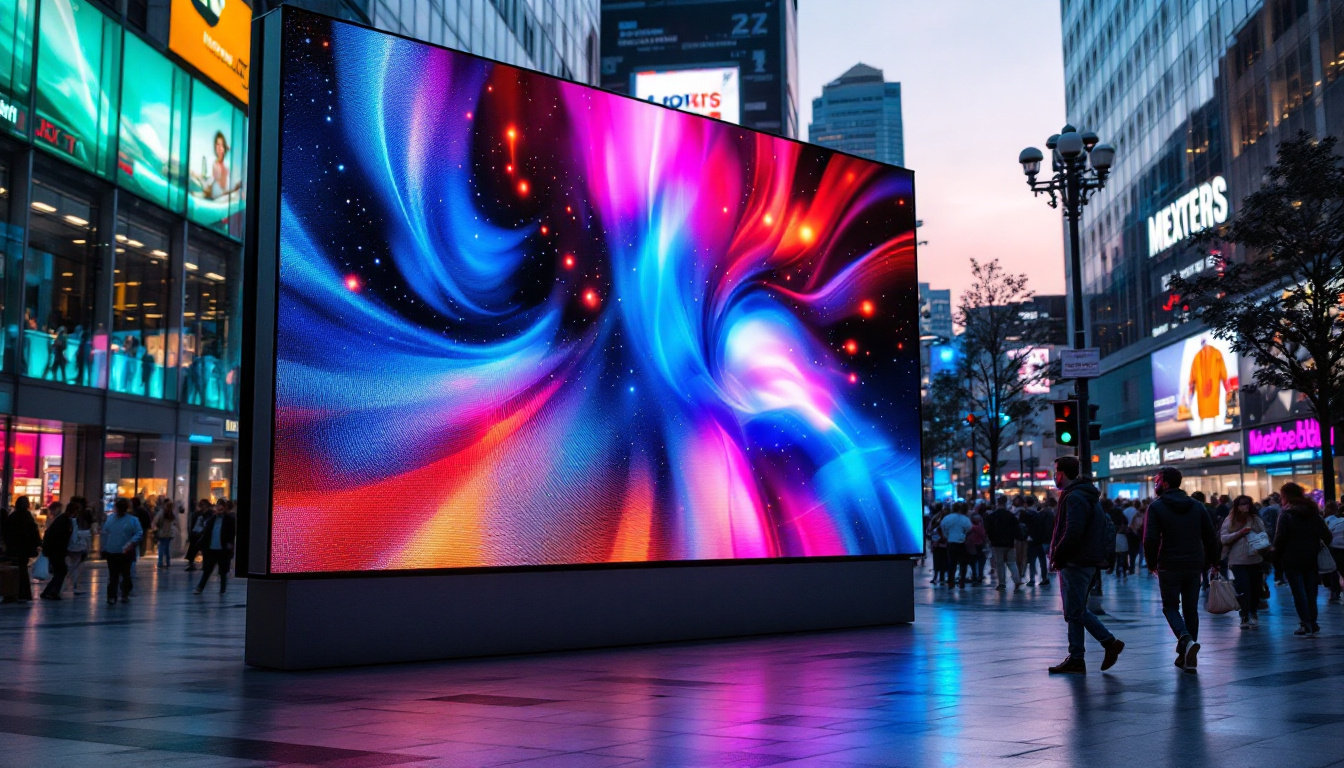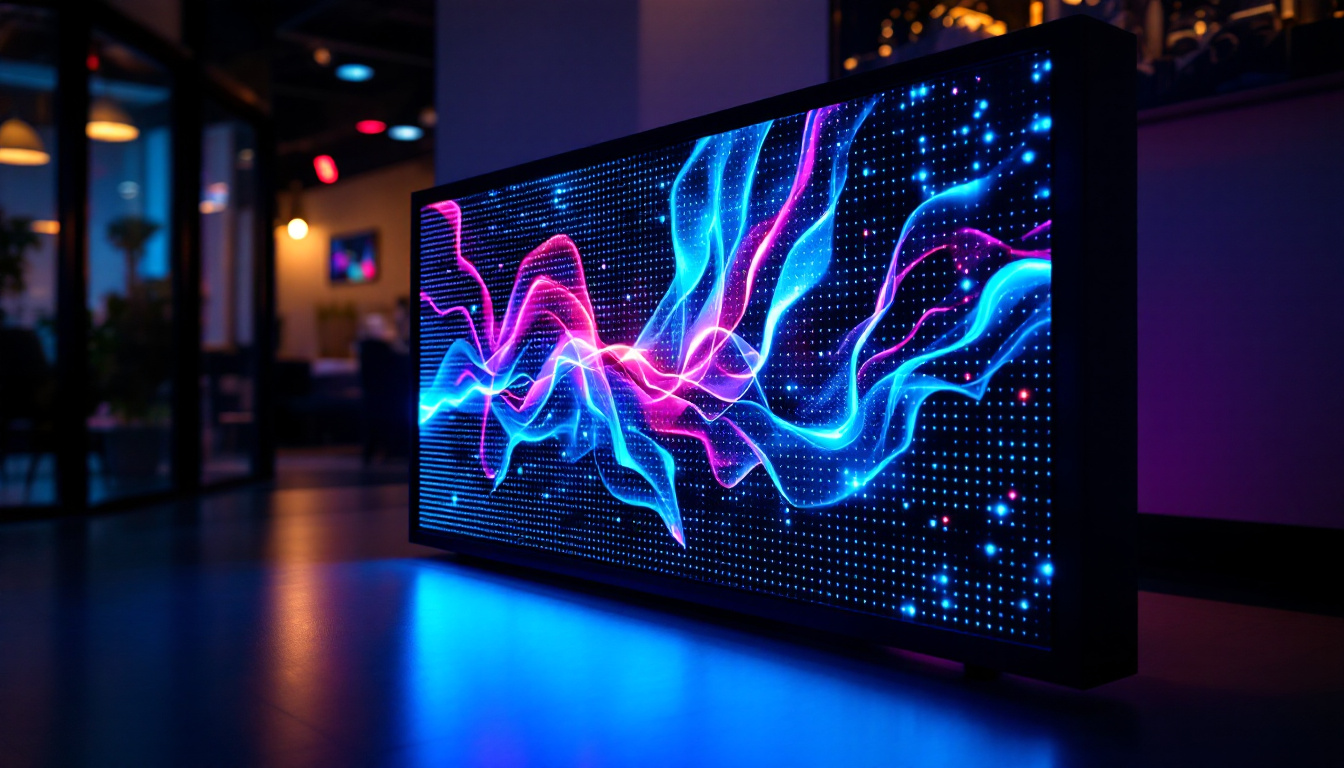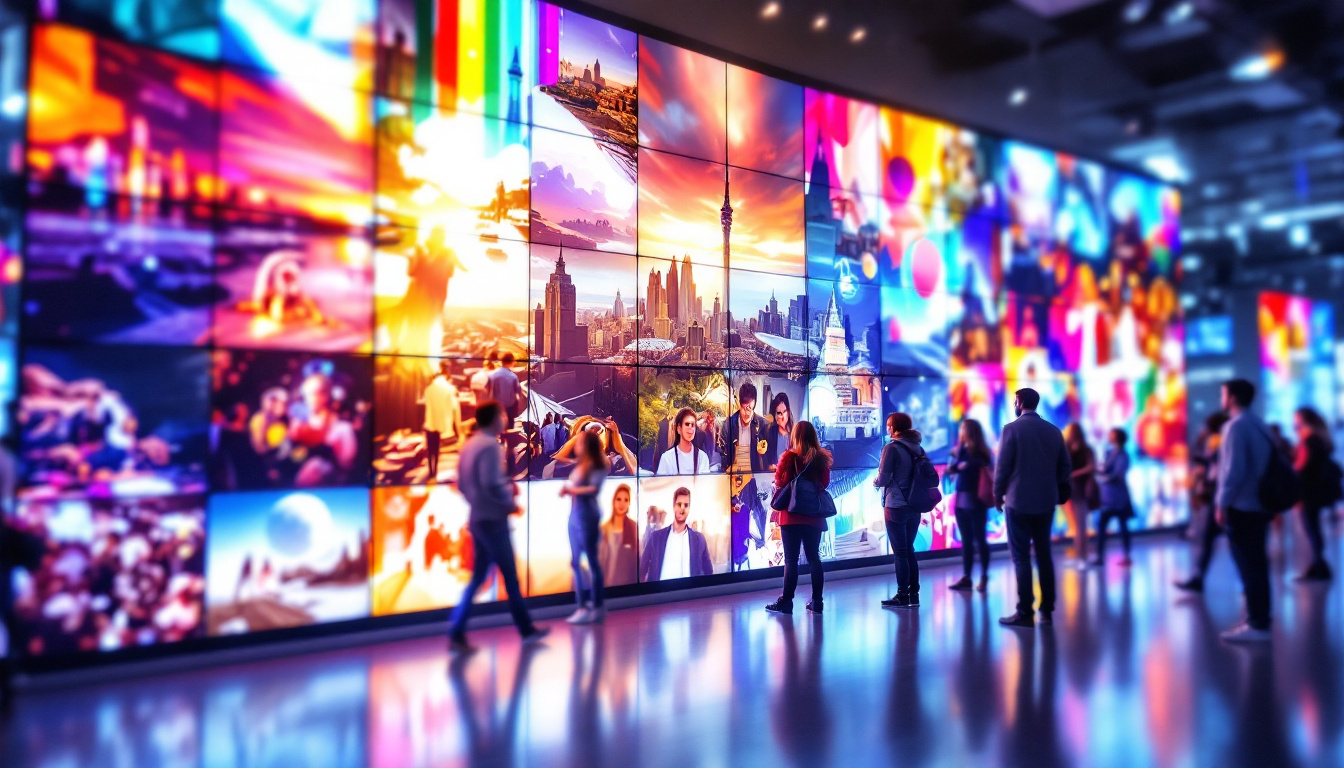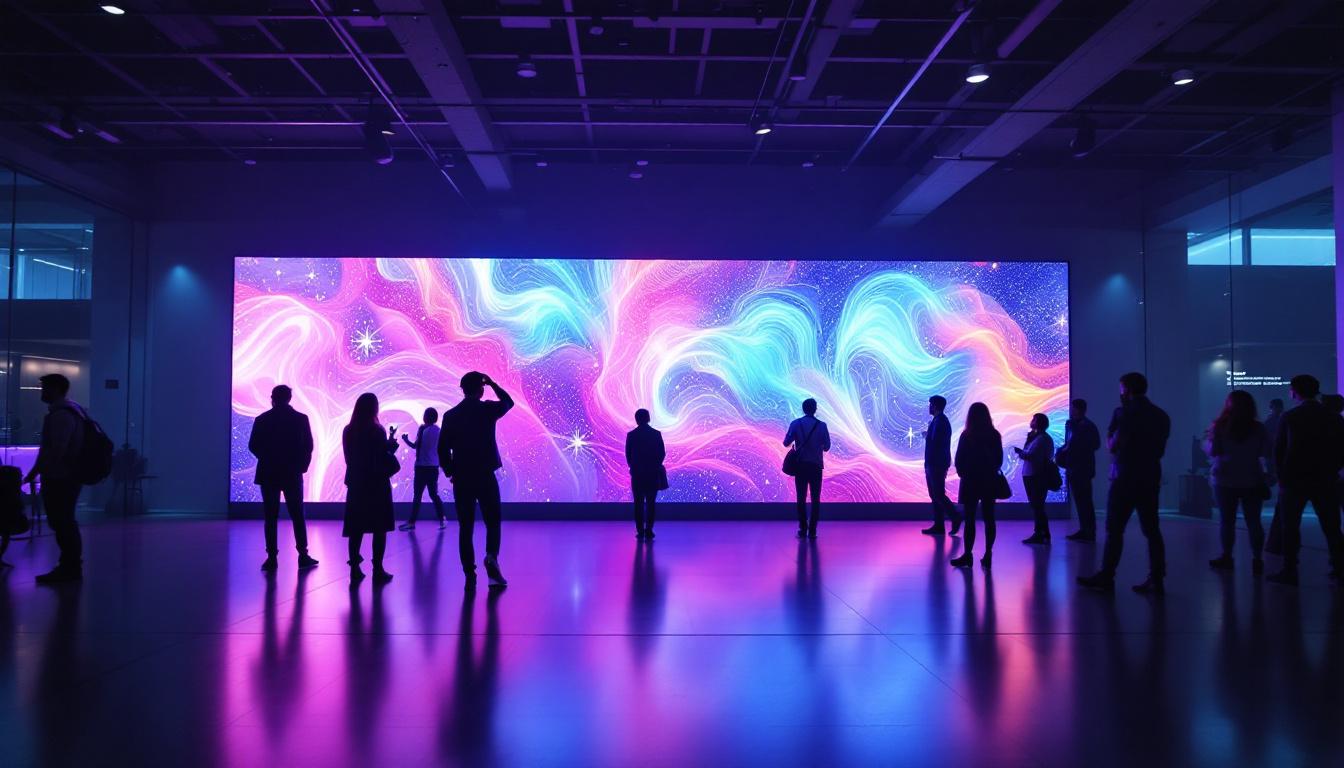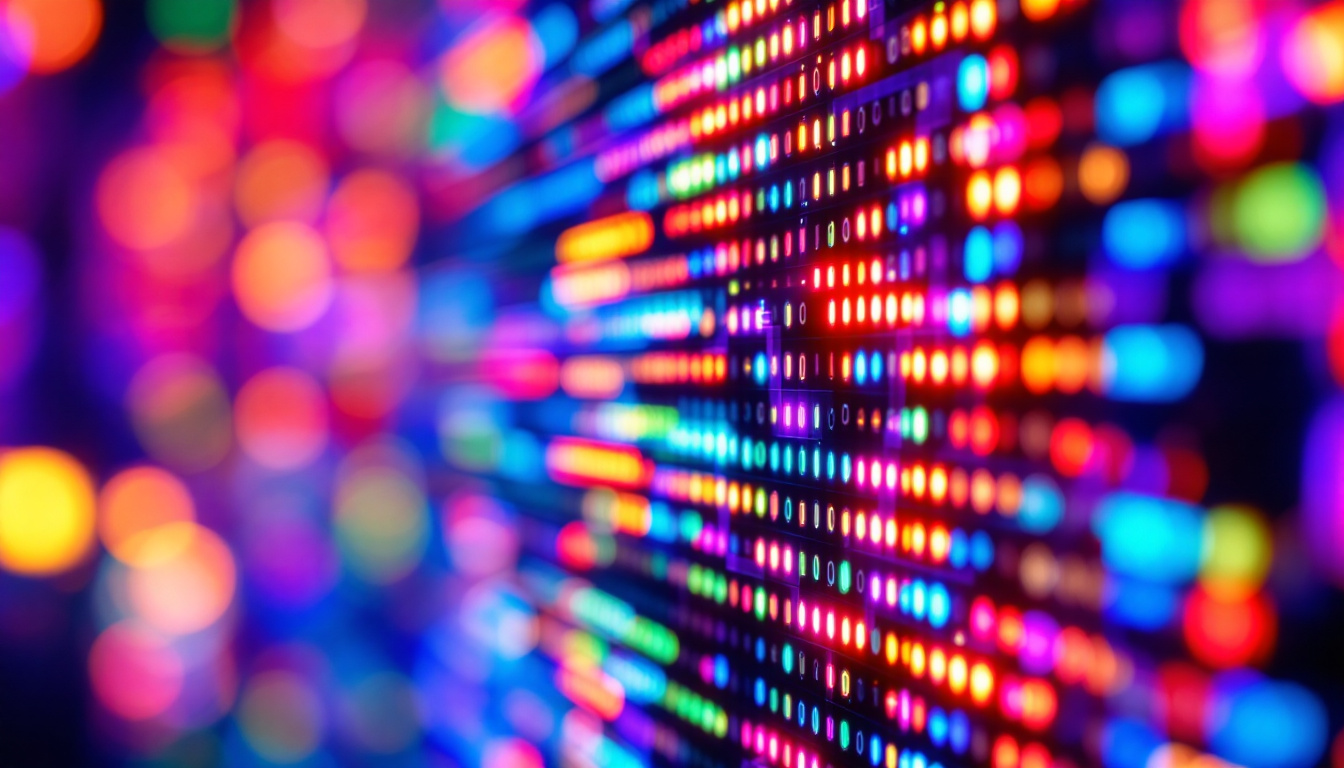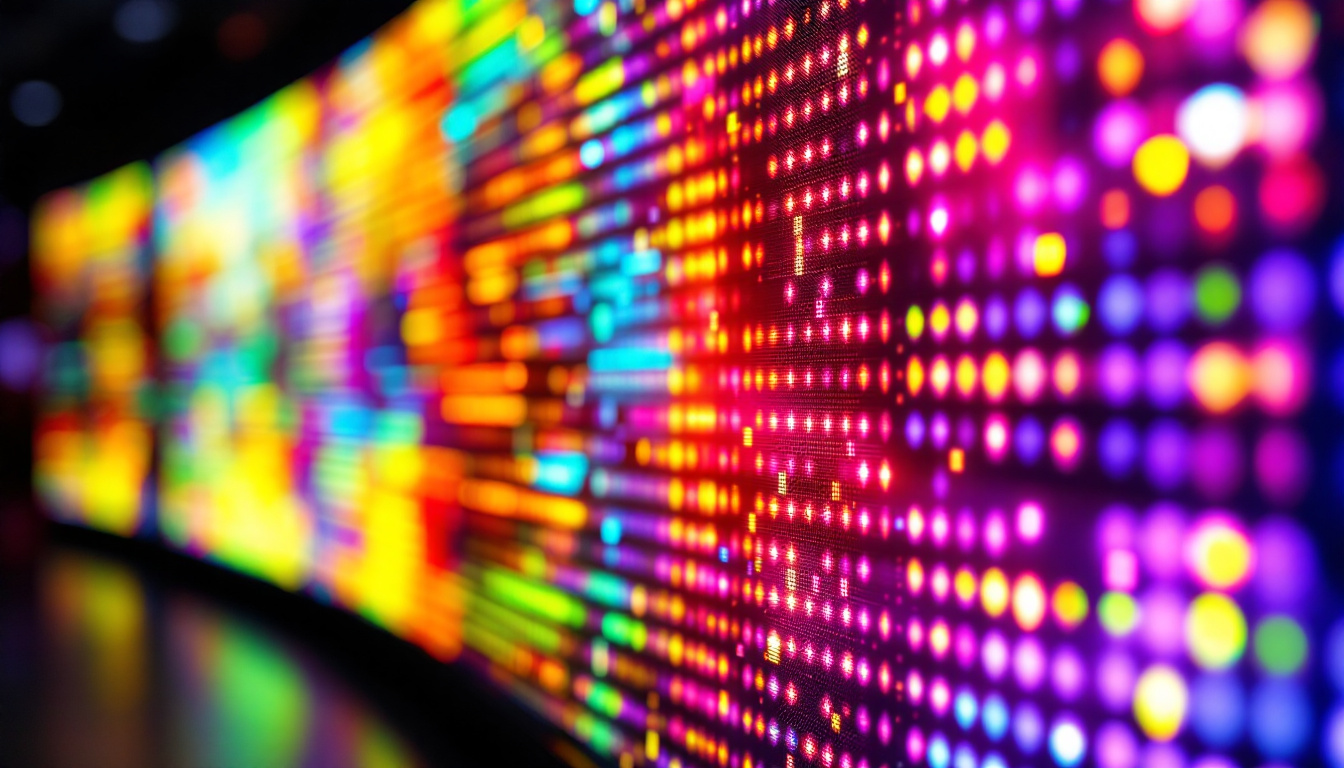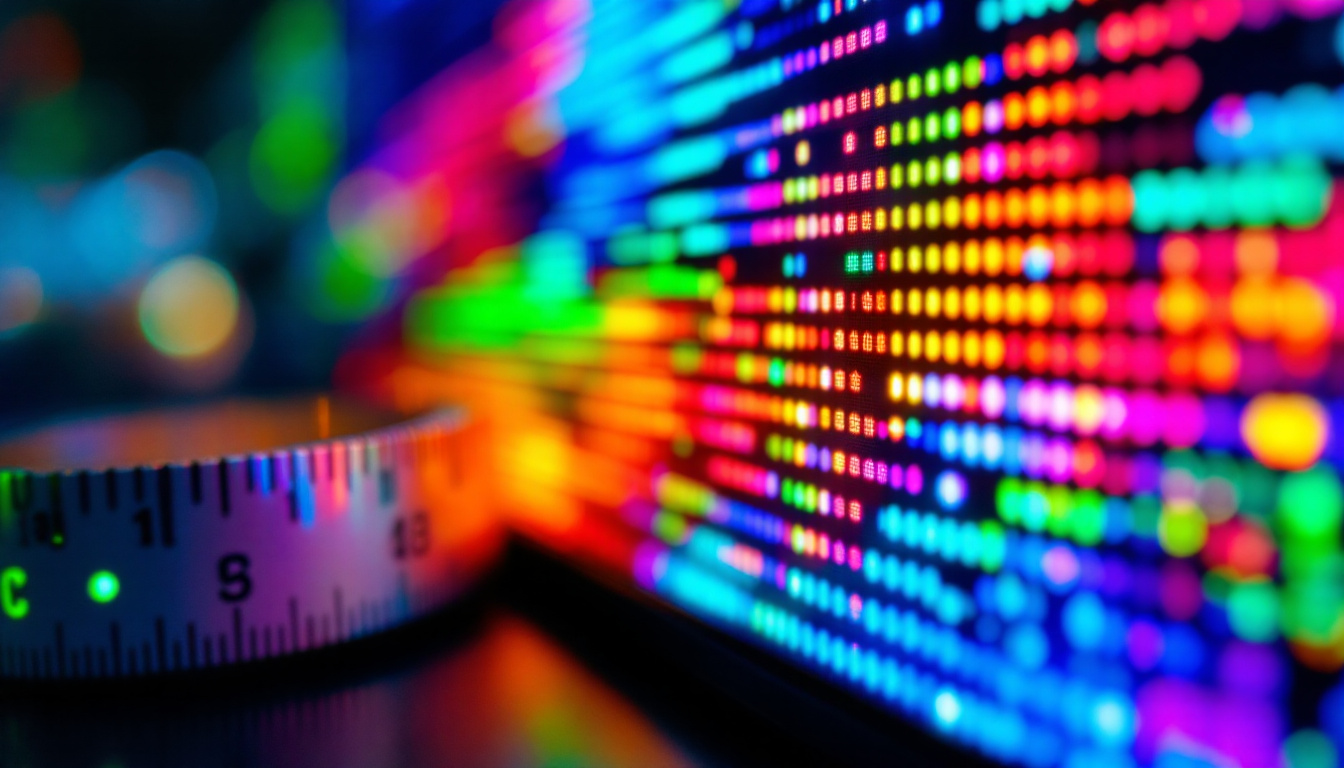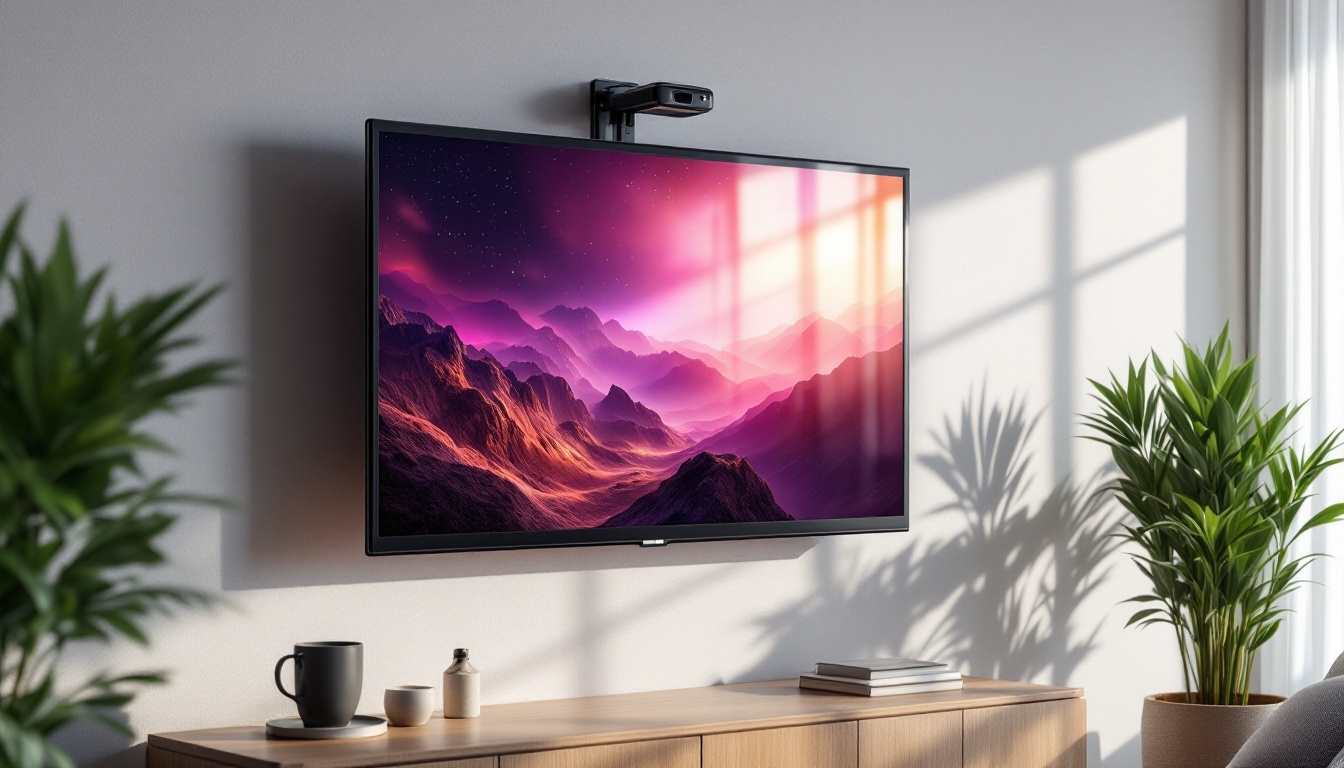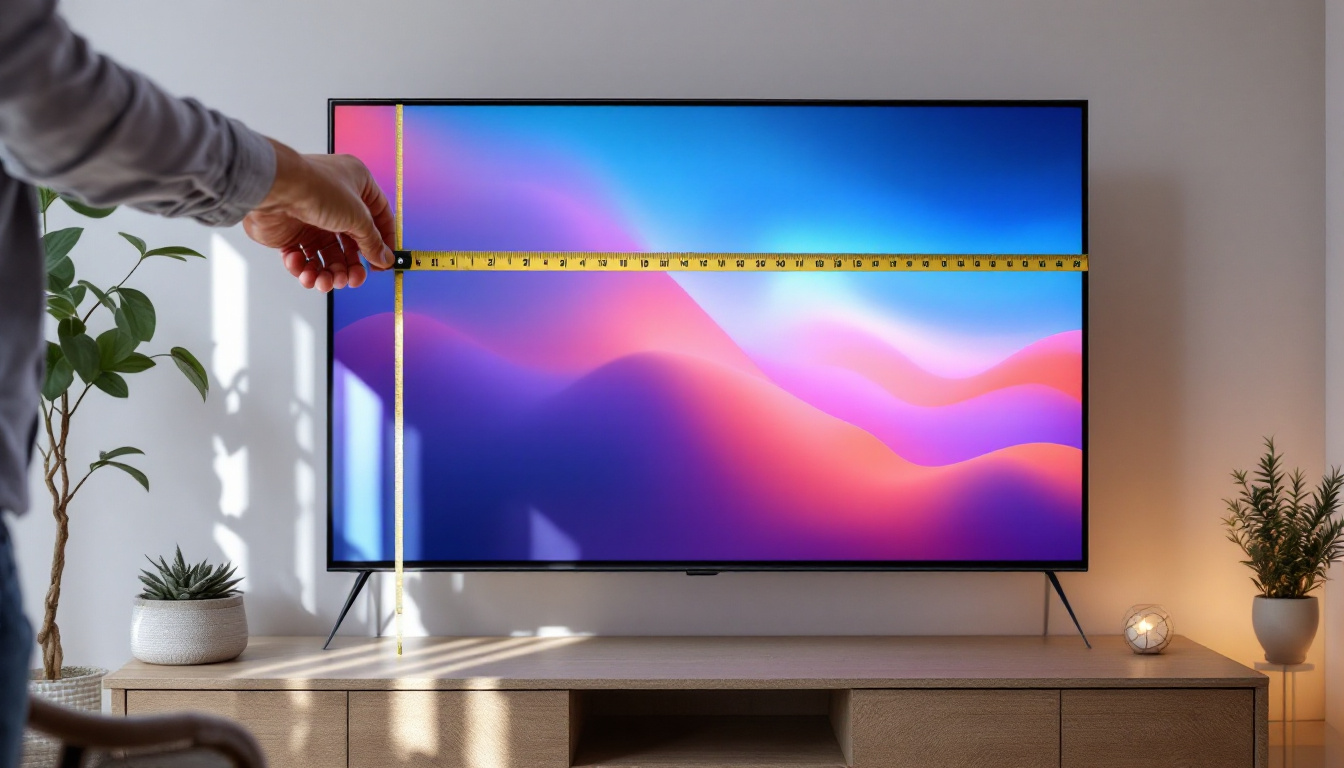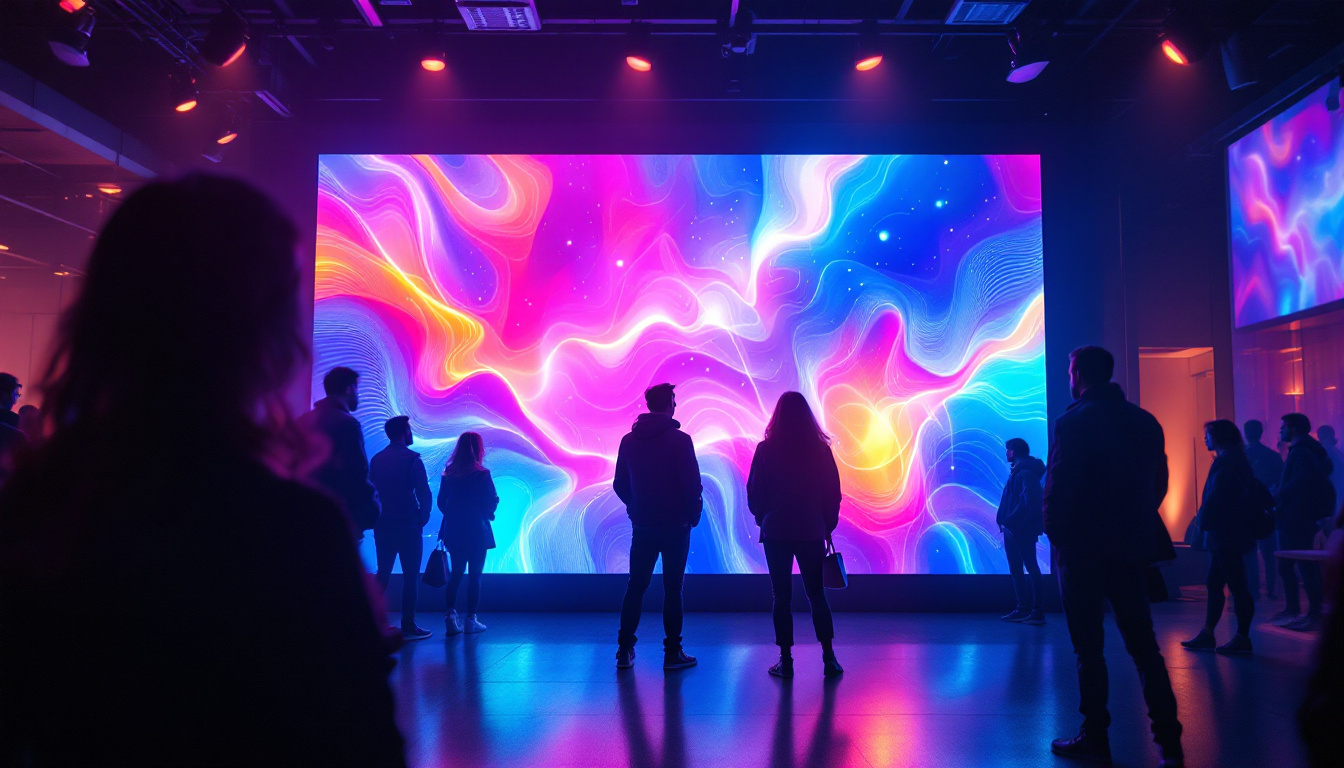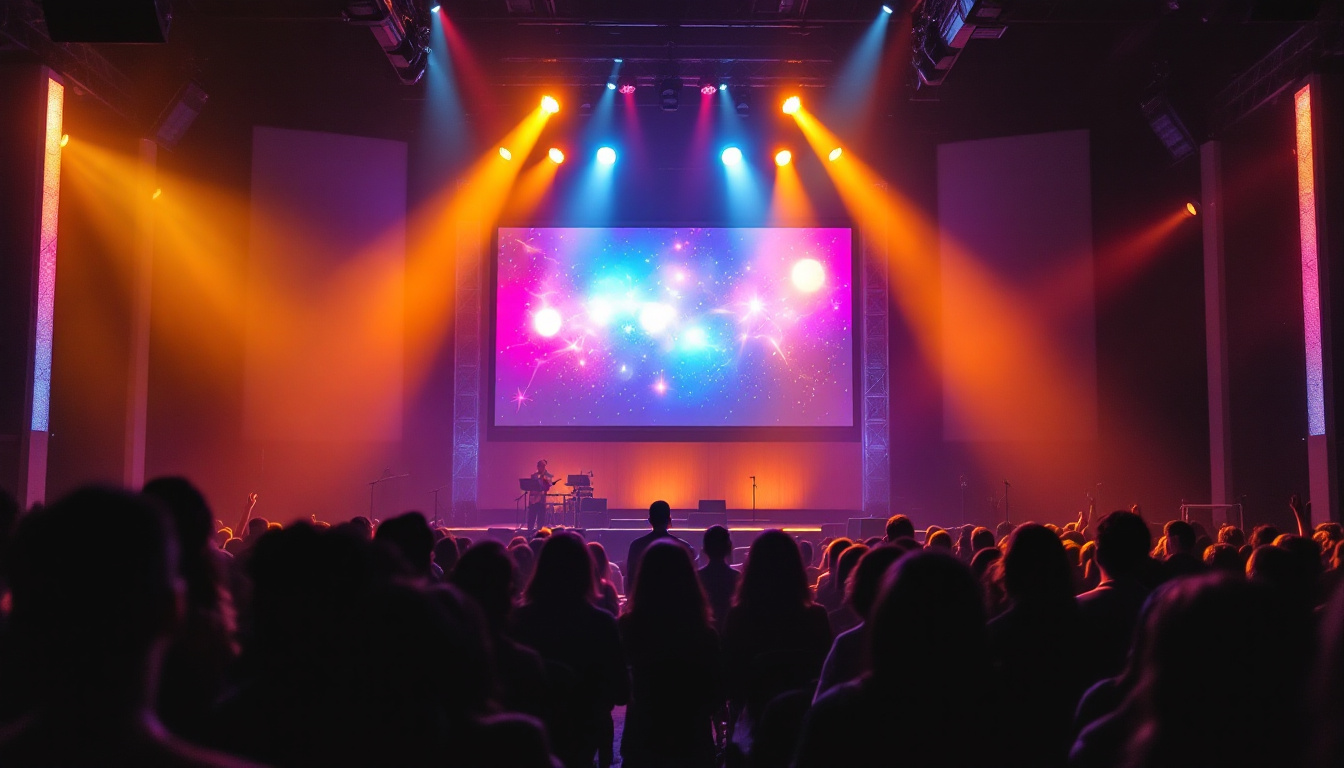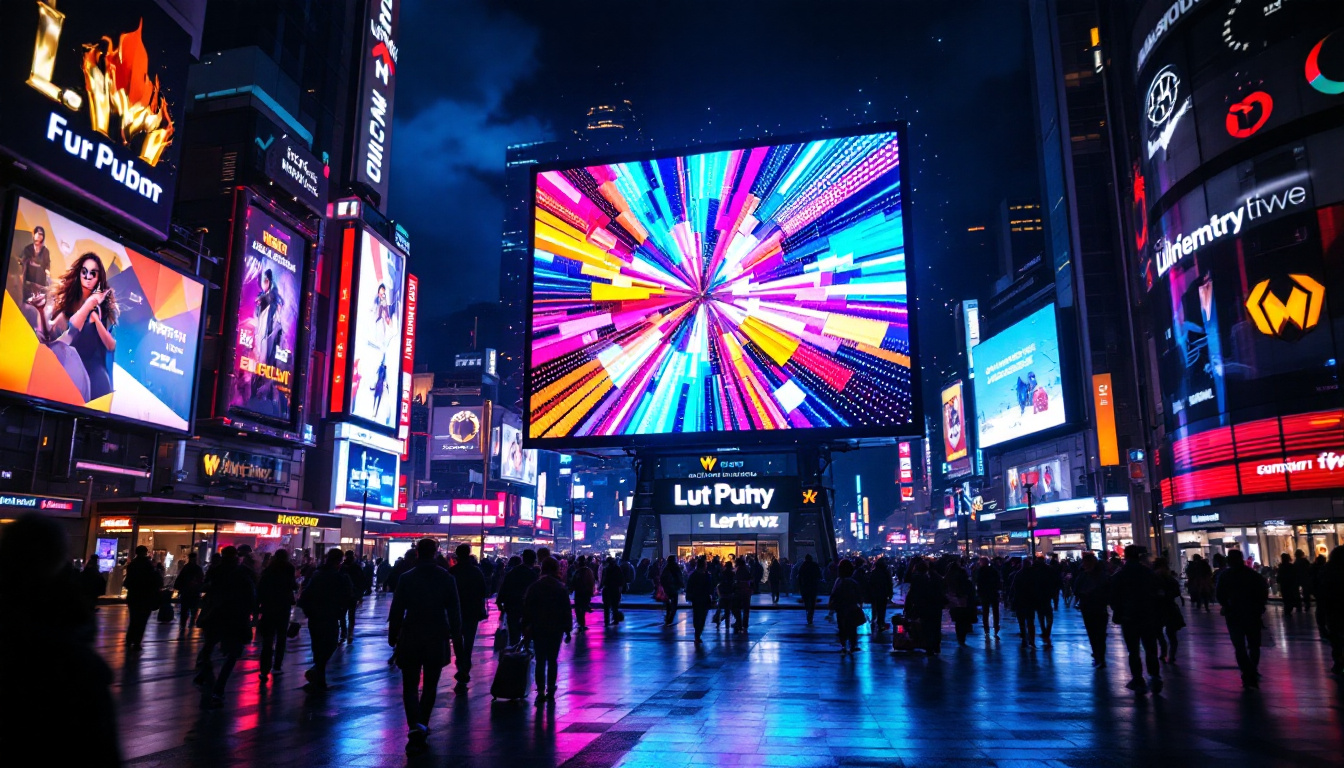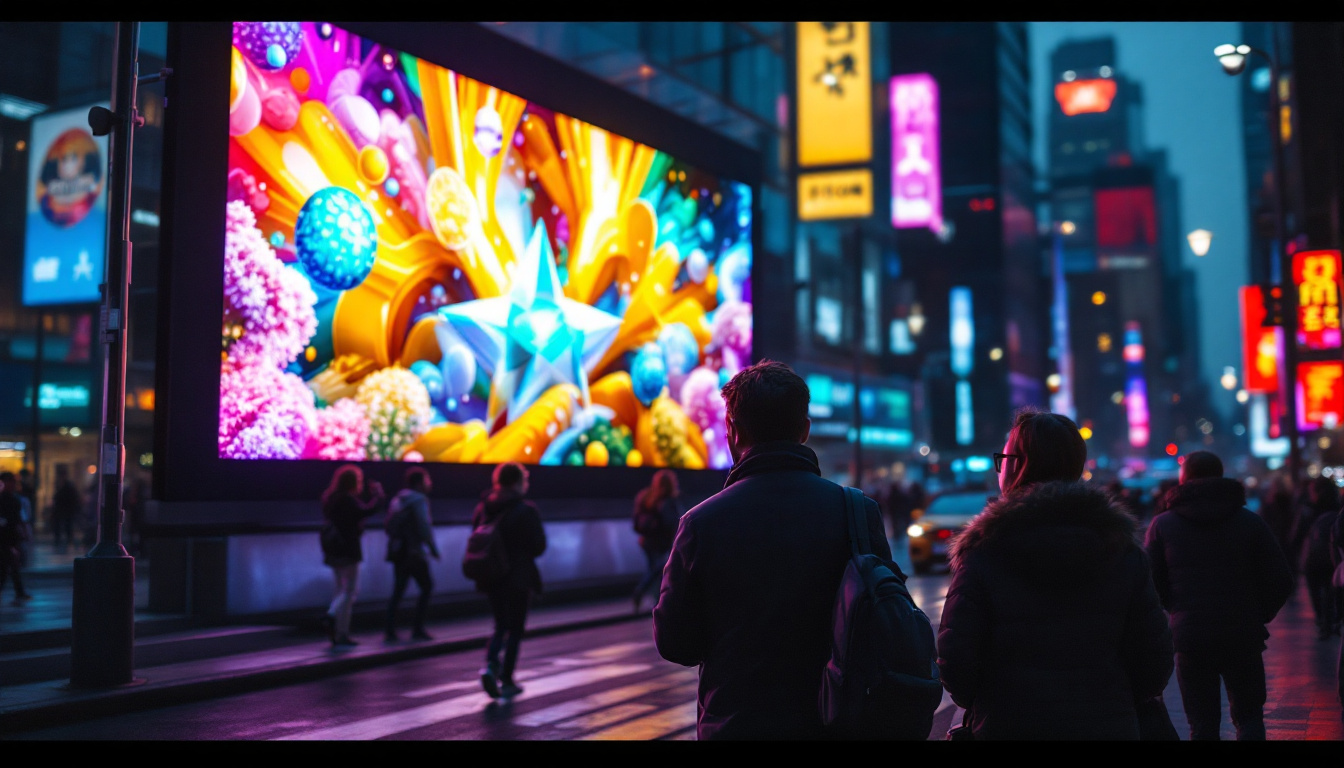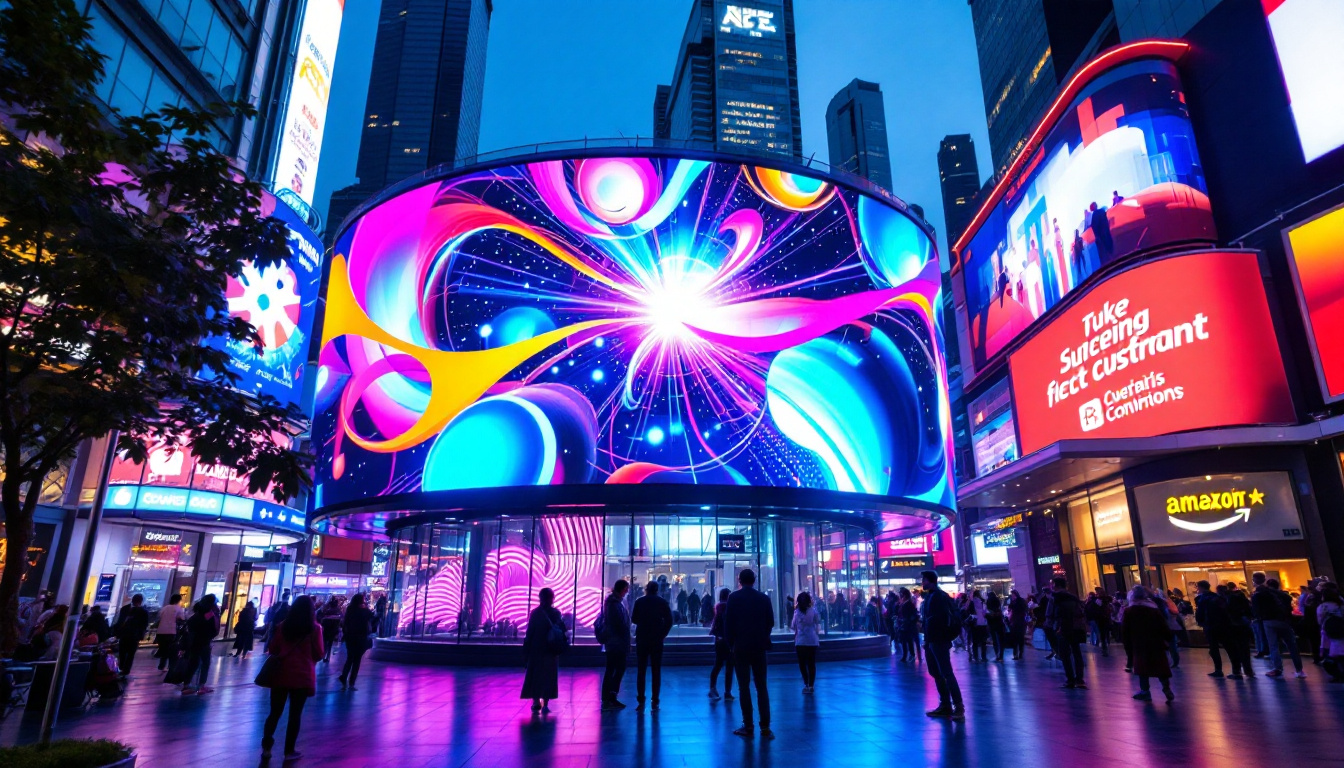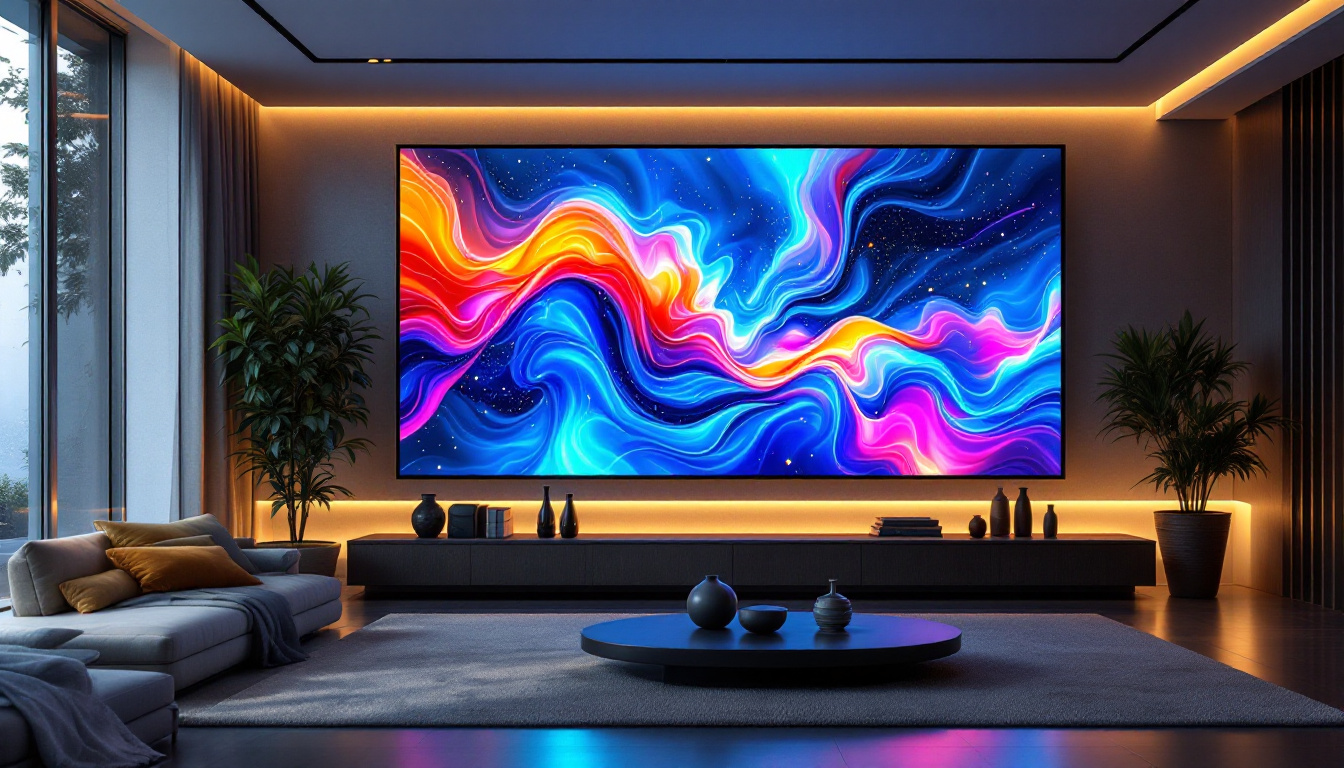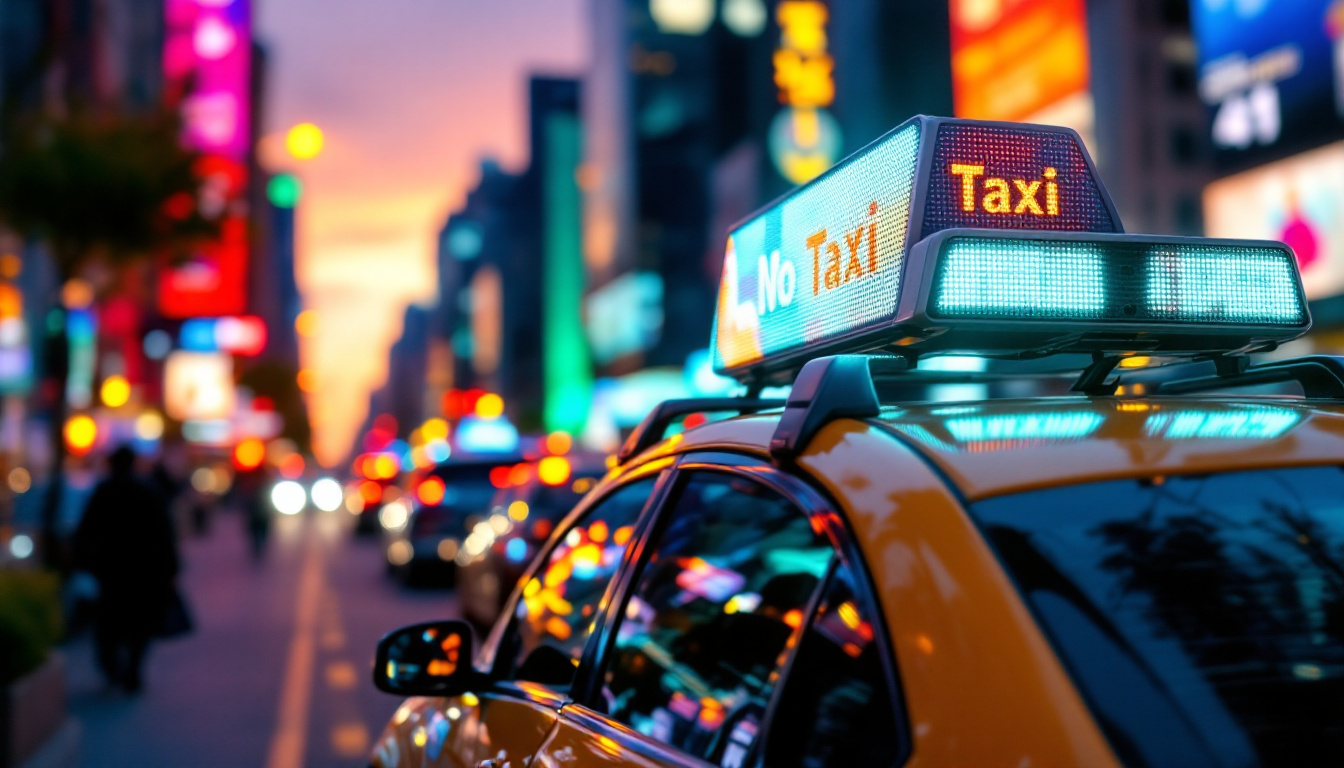In the realm of modern advertising and information dissemination, LED displays have emerged as a dominant force. These vibrant screens are not just eye-catching; they also offer a multitude of functionalities that have revolutionized the way businesses communicate with their audience. This article delves into the intricacies of outdoor LED displays, exploring their technology, applications, benefits, and future trends.
Understanding LED Technology
Light Emitting Diodes (LEDs) are semiconductor devices that emit light when an electric current passes through them. This technology has been harnessed to create displays that are not only bright and colorful but also energy-efficient and durable. The basic principle behind LED displays is the arrangement of these diodes in a matrix format, allowing for the creation of images and videos. The versatility of LEDs extends beyond mere display technology; they are also used in various applications including automotive lighting, street lighting, and even in household fixtures, showcasing their adaptability across different sectors.
Types of LED Displays
There are primarily two types of LED displays used outdoors: traditional LED and OLED (Organic Light Emitting Diode). Traditional LED displays utilize a matrix of individual LEDs, while OLED displays offer enhanced contrast and color accuracy by using organic compounds to emit light. Each type has its own set of advantages and disadvantages, making them suitable for different applications. For instance, traditional LEDs are often favored for their brightness and longevity, making them ideal for billboards and large outdoor screens, whereas OLEDs are increasingly being used in high-end televisions and smartphones due to their superior color reproduction and thinner profiles.
How LED Displays Work
LED displays operate by controlling the intensity of light emitted from each diode. This is achieved through a process known as pulse-width modulation, which adjusts the brightness of each pixel. The combination of red, green, and blue LEDs creates a full spectrum of colors, allowing for dynamic and engaging visuals. The result is a display that can convey a wide range of information, from advertisements to real-time data. Furthermore, the efficiency of LED technology means that these displays consume significantly less power compared to traditional incandescent or fluorescent lighting, making them an environmentally friendly choice. Additionally, the longevity of LEDs—often exceeding 50,000 hours—reduces the need for frequent replacements, further contributing to sustainability efforts in various industries.
Applications of Outdoor LED Displays
Outdoor LED displays have found their way into various sectors, proving their versatility and effectiveness. From retail to transportation, these displays serve multiple purposes, enhancing communication and engagement.
Advertising and Marketing
One of the most prominent applications of outdoor LED displays is in advertising. Businesses leverage these screens to showcase their products, promotions, and brand messages. The ability to change content in real-time allows companies to tailor their messaging based on time of day, audience demographics, or current events, making advertising more relevant and effective. Moreover, the dynamic nature of LED displays can draw in foot traffic, as vibrant visuals and animations capture the attention of passersby. This adaptability not only boosts brand visibility but also allows for targeted campaigns that can be adjusted on-the-fly to maximize impact during peak shopping hours or special events.
Public Information Systems
LED displays are also widely used in public information systems. Transit agencies utilize them to provide real-time updates on bus and train schedules, delays, and other essential information. This not only improves the experience for commuters but also enhances the overall efficiency of public transport systems. Additionally, these displays can be integrated with emergency alert systems, ensuring that critical information regarding weather warnings or safety advisories reaches the public promptly. By providing clear, concise, and timely information, outdoor LED displays play a crucial role in fostering a well-informed community, ultimately contributing to public safety and awareness.
Event and Entertainment Venues
In the entertainment sector, outdoor LED displays are a staple at concerts, sporting events, and festivals. They serve as a platform for live video feeds, advertisements, and interactive content, enriching the experience for attendees. Their high visibility and ability to display vibrant colors make them ideal for capturing the attention of large crowds. Furthermore, these displays can be used to enhance audience engagement through social media integration, allowing fans to see their posts and reactions in real-time. This interactive element not only amplifies the excitement of the event but also fosters a sense of community among attendees, as they share their experiences and connect with one another through the shared visuals on the screen. The versatility of outdoor LED displays ensures that they remain an integral part of the modern entertainment landscape, continually evolving to meet the demands of both organizers and audiences alike.
Benefits of Outdoor LED Displays
The advantages of using outdoor LED displays extend beyond their visual appeal. Businesses and organizations that invest in this technology can reap significant benefits.
Energy Efficiency
One of the most compelling benefits of LED technology is its energy efficiency. Compared to traditional lighting solutions, LED displays consume significantly less power, which translates to lower operational costs. This is particularly advantageous for businesses that operate displays continuously, as the savings can be substantial over time. Additionally, many modern LED displays come with smart technology that allows for adaptive brightness control, adjusting the light output based on ambient conditions. This feature not only conserves energy but also ensures optimal visibility at all times, further enhancing the return on investment.
Durability and Longevity
Outdoor LED displays are designed to withstand various environmental conditions. They are built with robust materials that protect against moisture, dust, and extreme temperatures. This durability ensures a longer lifespan compared to other display technologies, reducing the need for frequent replacements and maintenance. Furthermore, many LED displays are equipped with advanced cooling systems that prevent overheating, which can be a common issue in high-temperature environments. This added resilience means that businesses can rely on their displays for years, providing a consistent and reliable advertising medium.
High Visibility and Impact
The brightness of LED displays makes them highly visible even in direct sunlight. This is a crucial factor for outdoor advertising, where competition for attention is fierce. The ability to display dynamic content also enhances engagement, as moving images and videos are more likely to capture the interest of passersby. Moreover, outdoor LED displays can be programmed to showcase real-time information, such as weather updates or news headlines, which can further draw in an audience. This interactivity not only keeps the content fresh but also encourages viewers to return frequently, creating a lasting impression and fostering brand loyalty.
Versatility in Content Delivery
Another significant advantage of outdoor LED displays is their versatility in content delivery. Businesses can easily update their messages and promotions in real-time, allowing for timely and relevant advertising that resonates with their target audience. This flexibility is especially beneficial for events, sales, or seasonal promotions, where the ability to quickly change content can lead to increased foot traffic and sales. Additionally, the integration of social media feeds or user-generated content can create a community feel, inviting engagement and interaction from the audience, thus enhancing the overall effectiveness of the advertising strategy.
Challenges and Considerations
While outdoor LED displays offer numerous benefits, there are also challenges that need to be addressed. Understanding these challenges is essential for businesses looking to invest in this technology.
Initial Investment Costs
The initial cost of purchasing and installing outdoor LED displays can be significant. Businesses must weigh this upfront investment against the long-term benefits. However, many find that the return on investment justifies the expense, especially when considering the potential for increased sales and customer engagement.
Content Management
Effective content management is crucial for maximizing the impact of outdoor LED displays. Businesses need to invest in software solutions that allow for easy updates and scheduling of content. This requires a certain level of technical expertise, which can be a barrier for some organizations.
Regulatory Compliance
Outdoor advertising is subject to various regulations, which can vary by location. Businesses must ensure that their LED displays comply with local laws regarding brightness levels, content restrictions, and placement. Failing to adhere to these regulations can result in fines and the removal of displays.
Future Trends in Outdoor LED Displays
The landscape of outdoor LED displays is continuously evolving, driven by advancements in technology and changing consumer preferences. Several trends are emerging that are likely to shape the future of this industry.
Smart Technology Integration
As the Internet of Things (IoT) continues to expand, outdoor LED displays are becoming smarter. Integration with mobile apps and social media platforms allows for real-time content updates and interactivity. This not only enhances engagement but also provides valuable data on audience behavior and preferences.
Environmental Sustainability
With growing concerns about environmental sustainability, manufacturers are focusing on creating eco-friendly LED displays. This includes using recyclable materials and developing energy-efficient technologies that further reduce the carbon footprint of outdoor advertising.
Augmented Reality (AR) Capabilities
Augmented reality is another exciting trend that is beginning to gain traction in the outdoor display market. By incorporating AR technology, businesses can create immersive experiences that blend the physical and digital worlds. This innovative approach has the potential to redefine how audiences interact with advertising and information.
Conclusion
Outdoor LED displays represent a powerful tool for communication and engagement in today’s fast-paced world. Their versatility, energy efficiency, and high visibility make them an attractive option for businesses and organizations across various sectors. While challenges exist, the benefits often outweigh the drawbacks, particularly as technology continues to advance.
As the industry evolves, staying informed about the latest trends and innovations will be crucial for those looking to leverage outdoor LED displays effectively. By understanding the technology, applications, and potential challenges, businesses can make informed decisions that enhance their visibility and impact in the marketplace.
Discover LumenMatrix LED Display Solutions
Ready to elevate your outdoor advertising and communication? LumenMatrix is at the forefront of LED display technology, offering a wide array of innovative solutions that cater to your unique needs. From captivating Outdoor LED Wall Displays to versatile Vehicle LED Displays and beyond, our products are designed to make your brand stand out and engage with your audience like never before. Embrace the future of visual communication with LumenMatrix and transform your message into an unforgettable visual experience. Check out LumenMatrix LED Display Solutions today and see the difference for yourself.

